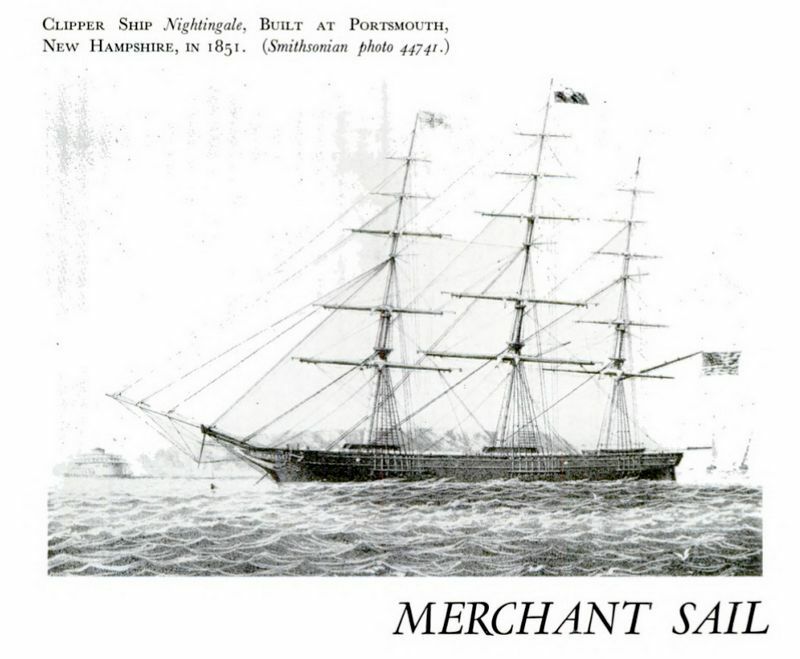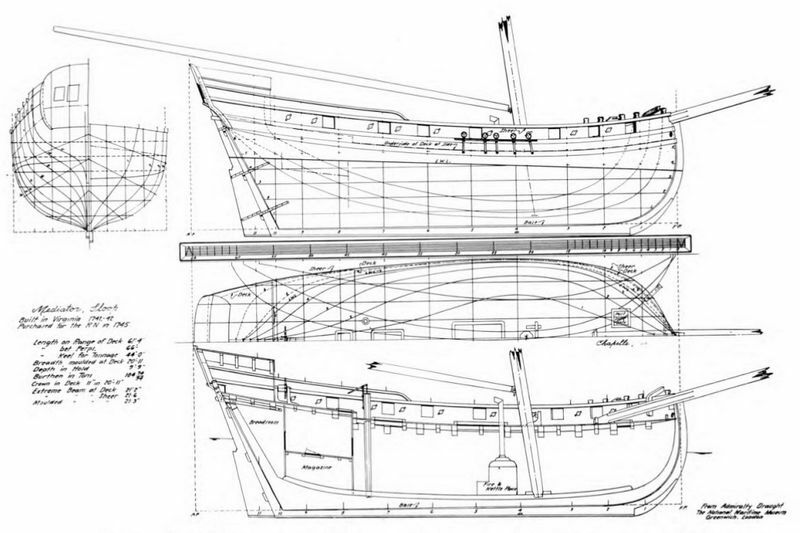
'Merchant Sail' takes a close look at the early days of American shipbuilding and seaborne trade. The article was extracted from The National Watercraft Collection, a bulletin published in 1960 by the United States National Museum. It is not yet (and may not be) available on the Marine Café Blog website, but you can preview and download it through this link:
https://drive.google.com/file/d/1KLDu29s_gaGX7CimM-LIdJuMflC4Qv0o/view?usp=sharing
Every page of the 43-page article is strewn with interesting facts, some of them not known to many. Examples:
"At the end of the 17th century colonial-built craft included such types as shallop, pinnace, sloop, ketch or catch, pink, galley, and skiff."
"In New England spruce top timbers were used in the framing of many ships to save topside weight; sometimes hackmatack or cedar was used for this purpose. In the Chesapeak Bay region frames were made of mulberry, cedar, laurel, or oak; planking was oak or southern pine."
"The development of fast-sailing ships in America during the 18th century did not occur in a single location, but the Chesapeake region probably was the one most active in the building of swift vessels due to its nearest to and interest in the West Indies."
"During the War of 1812 Baltimore shipowners had carried the bulk of the small American seaborne trade simply because they had a large number of small, swift vessels suited to running the blockade and avoiding enemy cruisers."
Sample illustration:

Earliest plans of American-built sloop Mediator built on the Chesapeake 1741-42
I hope you enjoy reading the article. Many thanks once again for your interest and support.
Barista Uno
